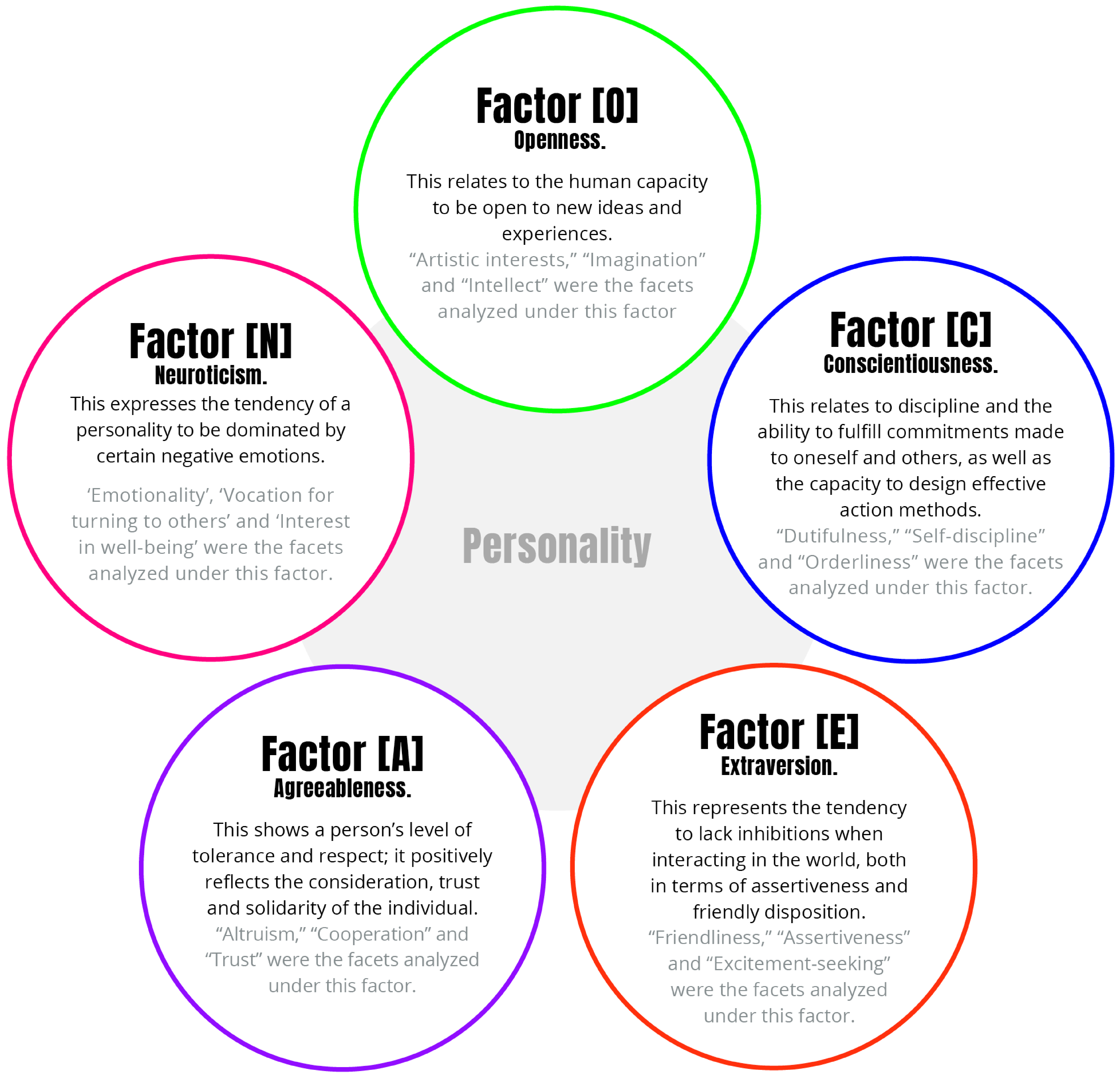In a world in a constant state of flux, most of the challenges we face today are unprecedented. Nowadays, leading companies find the best clues by applying automated analysis techniques based on artificial intelligence to vast amounts of data. This study is an example of how LLYC is committed to applying these Data Analytics technologies to the analysis and study of information in all its communication, public affairs and marketing consultancy processes.
Would you like to contact the authors of the study?
RESEARCH METHODOLOGY
WHAT DO WE UNDERSTAND A LEADER TO BE AND HOW DO WE ANALYZE THEIR POTENTIAL?
Who might become a leader? Transformational leadership as the basis
The American academics Bruce Avolio and Bernard Bass introduced the concept of transformational leadership in 1991. From that starting point, and in combination with the leadership theories of the Full Range Leadership Model (FRLM), the Future Leaders identified and analyzed in this study were selected according to their potential development as transformational leaders.
In other words, the methodology was based on three basic criteria: having a purpose; rallying potential; and influence capacity.
Methodological basis: how to predict the personality, values and needs of leaders
Using the Trait Theory, this report focuses on the Big Five psychometric model. This model examines personality structure according to various facets of five different dimensions or traits:

Psychometric techniques and models used
This study obtains a part of its conclusions from the Big Five personality analysis model in order to glean the characteristics of our Future Leaders. We also used the following techniques:
- Big Five [Trait analysis]. This is the psychometric model most extensively used by academia to describe how someone interacts with the world. It structures traits into five personality dimensions and each dimension into facets. In terms of the number and list of facets, several models exist with between 10 and 30. Each has its advantages and disadvantages, which continue to be widely debated today.
- LiWC [Morphological analysis]. James W. Pennebaker, a Professor of Psychology at the University of Texas and a member of the Academy of Distinguished Teachers, is one of the most important figures in the study of correlations between the use of natural language and social behavior. In the mid-90s, he developed the LiWC model (Linguistic Inquiry and Word Count). This is a computerized text analysis model that generates the percentage of words in a text given that they fall into different linguistic, psychological and topic categories. It is based on prior research that establishes strong ties between linguistic patterns and personality or psychological state but provides far more detailed results than would be possible with manual counting methods. Pennebaker and his partners used this tool to analyze the language used by the leaders of Al Qaeda and political candidates, especially during the 2008 presidential elections in the United States.
- Semantic Models [semantic analysis]. There is a good number of psychometric models that base themselves on the semantic dimension of the language used by the people being studied. In our case, we will use Natural Language Processing (NLP) techniques and computational frequency analysis to identify the main contrasts shown by our Future Leaders.
Leadership model used
Our work deals with and analyses the phenomenon of leadership according to the FRLM (Full Range Leaership Model). FRLM is a general leadership theory focused on the behavior of leaders towards the operating force in various situations. Bruce Avolio and Bernard Bass introduced the concept of three different leadership styles in 1991: transactional, transformational and laissez-faire .
Technological processing and analysis model
We based our conclusions on an analysis of the most outstanding psychological traits of 120 Future Leaders in 12 Ibero-American countries. In order to provide a point of reference, the same process was conducted on a list of 16 current and consolidated leaders from the same geographic and linguistic sphere (Spanish and Portuguese). The analysis model consisted of the following stages:
- Identification and selection of Future Leaders and current leaders.
- Enrichment of seed data. One of the fundamental tasks at this stage consisted of identifying open digital sources from where we could obtain transcriptions or texts generated directly by the leaders: social media profiles (Twitter and Instagram, mainly), video speeches (YouTube, Vimeo, TED), video interviews (YouTube), text interviews (digital press and magazines), etc. Given that personality analysis methods are based on the analysis of the language used by the people being studied, finding a sufficient volume of language generated by our leaders was fundamental.
- Extraction and treatment of language samples based on the seeds.
- Computational-psychometric analysis of the language samples.
Technology used
For the technical implementation of the model described above, the following technology was used:
- API from IBM Personality Insights. This offers access to a psychological personality traits, needs and values extraction service based on the Big Five. It is a service based on Machine Learning with datasets from interviews that is used by academia to measure the Big Five personality traits.
- Customized Scripts Python for the implementation of multiple information capture and processing functions:
- Data capture from Twitter.
- Data analysis based on Pandas.
- NLP with SpaCy.
- Node.js and Puppeteer for scraping texts from open sources with no established SPI.
